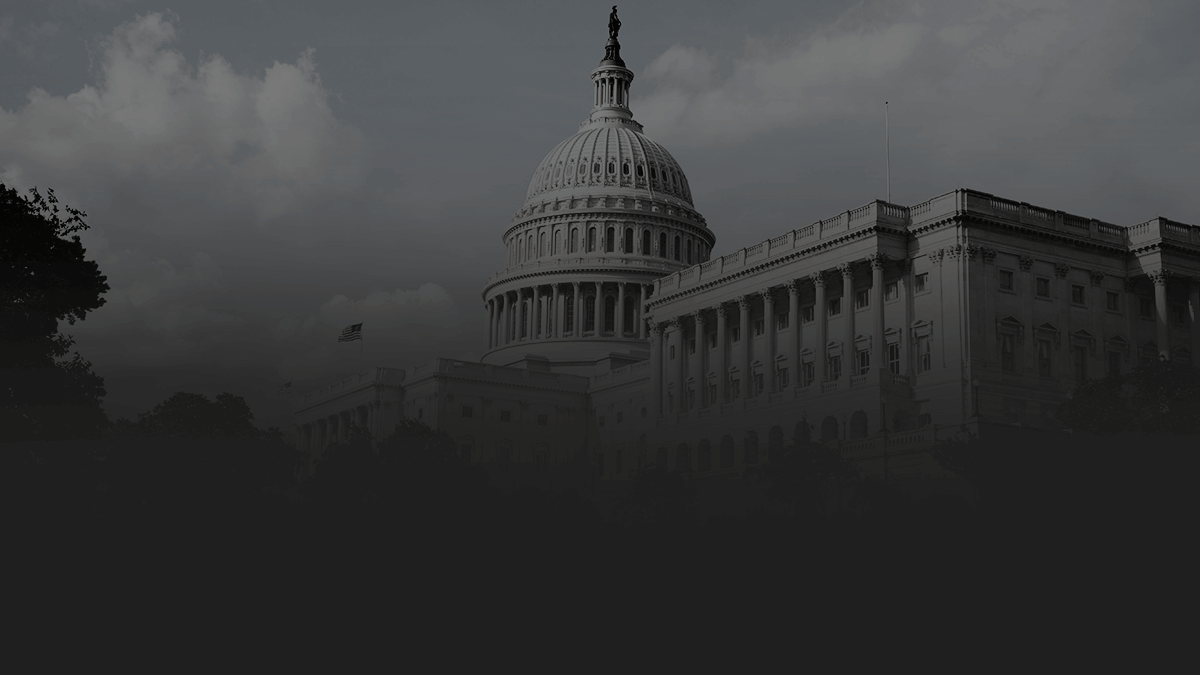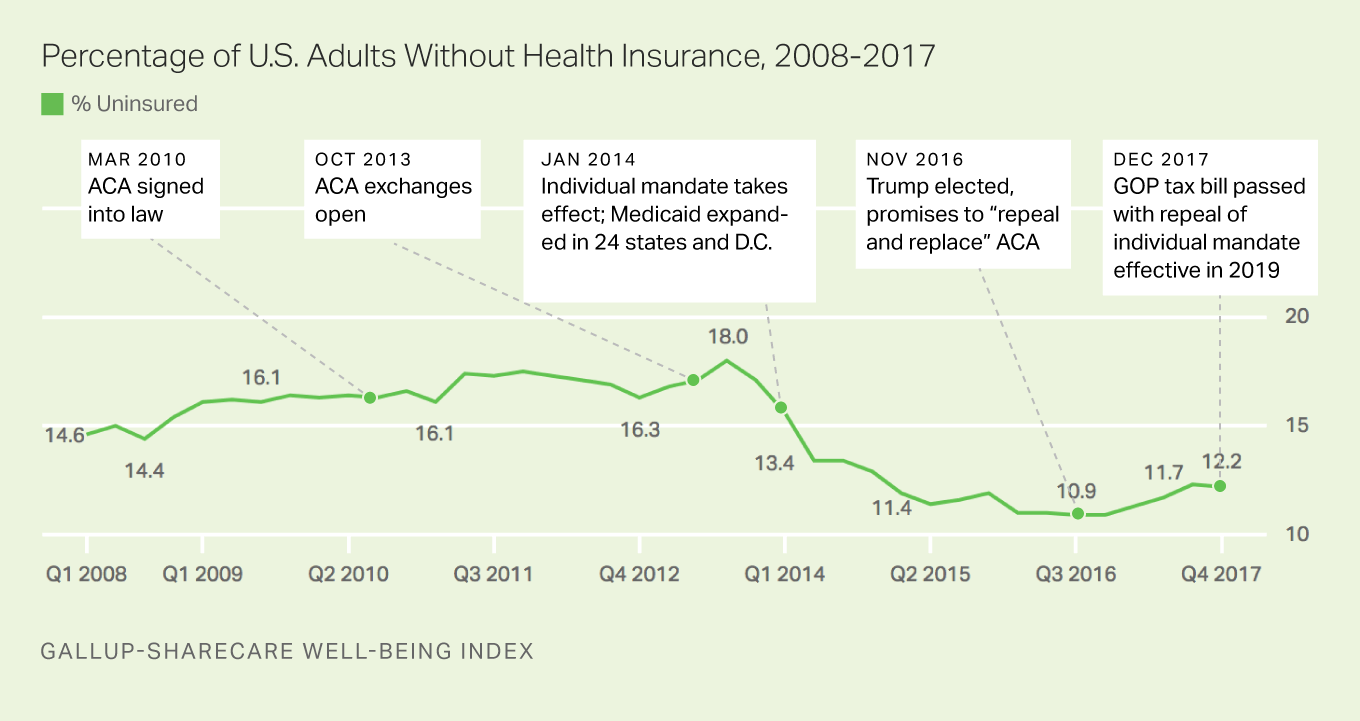As Trump Administration Undermines Medicaid, Some States Attempt to Expand It

It was revealed yesterday that the Trump Administration may allow lifetime coverage caps for people…
ashoupFebruary 7, 2018


